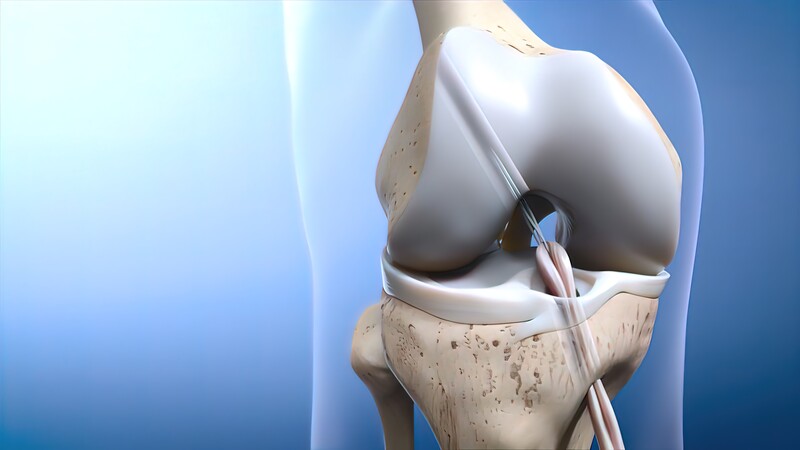Acl ligament treatment in Adilabad

Acl ligament treatment in Adilabad
What is an ACL Ligament Injury?
Signs and Symptoms of ACL Injury
Recognizing an ACL injury early can lead to better treatment outcomes. Common symptoms include:
- A “pop” sound at the time of injury
- Immediate knee pain and swelling
- Difficulty moving or straightening the knee
- Instability or a feeling that the knee is “giving way”
- Limited ability to walk or put weight on the affected leg
ACL Ligament Treatment Options
When it comes to ACL ligament treatment, there are various approaches based on the severity of the injury and the patient’s goals for recovery. Treatment can be non-surgical or surgical, depending on the extent of the tear and individual circumstances.
1. Non-Surgical Treatment for ACL Injuries
In some cases, especially when the injury is mild or when the individual’s activity level doesn’t demand high-intensity movements, non-surgical treatment can be effective.
- Physical Therapy: Rehabilitation through physical therapy is often the first line of treatment for ACL injuries. Targeted exercises and strengthening routines can help improve the strength, stability, and range of motion of the knee.
- Rest and Ice: For minor tears or sprains, rest and applying ice can reduce swelling and promote healing.
- Bracing: Using a knee brace can provide support to the knee, allowing the individual to return to light activities while protecting the injured ligament.
- Pain Management: Anti-inflammatory medications like NSAIDs can help manage pain and reduce swelling.
2. Surgical Treatment for ACL Tears
If the ACL is completely torn, surgical intervention may be required to restore knee function. ACL reconstruction surgery is the most common procedure, and it typically involves replacing the damaged ligament with a tissue graft.
- ACL Reconstruction Surgery: During surgery, a graft from either the patient’s own tissue (autograft), a donor (allograft), or synthetic material is used to replace the torn ACL. The surgery is typically performed arthroscopically, meaning it’s minimally invasive, leading to faster recovery times.
- Post-Surgery Rehabilitation: Following ACL surgery, a dedicated rehabilitation program is crucial for regaining full strength, range of motion, and stability. Physical therapy is an essential part of the recovery process, helping the patient regain functional mobility and prevent reinjury.
3. Emerging Treatments for ACL Injuries
Innovative treatments are being explored for ACL ligament healing, such as:
- Stem Cell Therapy: This emerging therapy uses the body’s own stem cells to promote tissue regeneration and healing in the ACL. While it’s still an evolving treatment, stem cell therapy may offer promising results for some patients.
- Platelet-Rich Plasma (PRP) Injections: PRP therapy involves using a concentration of platelets derived from the patient’s blood to promote tissue healing and reduce inflammation in the knee joint.
Recovery and Rehabilitation After ACL Treatment
Recovery from an ACL injury—whether treated surgically or non-surgically—requires patience and commitment to rehabilitation. Here’s what to expect:
- Post-Surgery Recovery: If surgery is needed, the initial recovery phase may involve a period of rest and limited mobility. Physical therapy will begin within a few days to weeks after surgery to restore knee strength and stability.
- Return to Activity: It typically takes 6 to 9 months to return to high-impact sports after ACL surgery. However, the timeline may vary depending on the individual’s healing process and commitment to rehabilitation.
- Preventing Future Injuries: Post-recovery, it’s essential to maintain knee strength through regular exercises and avoid activities that might put excessive strain on the knee. Wearing appropriate footwear and using proper techniques during physical activities can also help prevent future ACL injuries.
Preventing ACL Injuries
Although it’s impossible to completely eliminate the risk of an ACL injury, several steps can help reduce the chances of an injury occurring:
- Strengthen the muscles around the knee through targeted exercises.
- Engage in proper warm-up and stretching before physical activities.
- Practice good technique during sports and physical activities, particularly when jumping or changing direction quickly.
- Avoid sudden, abrupt movements and excessive wear on the knee.
